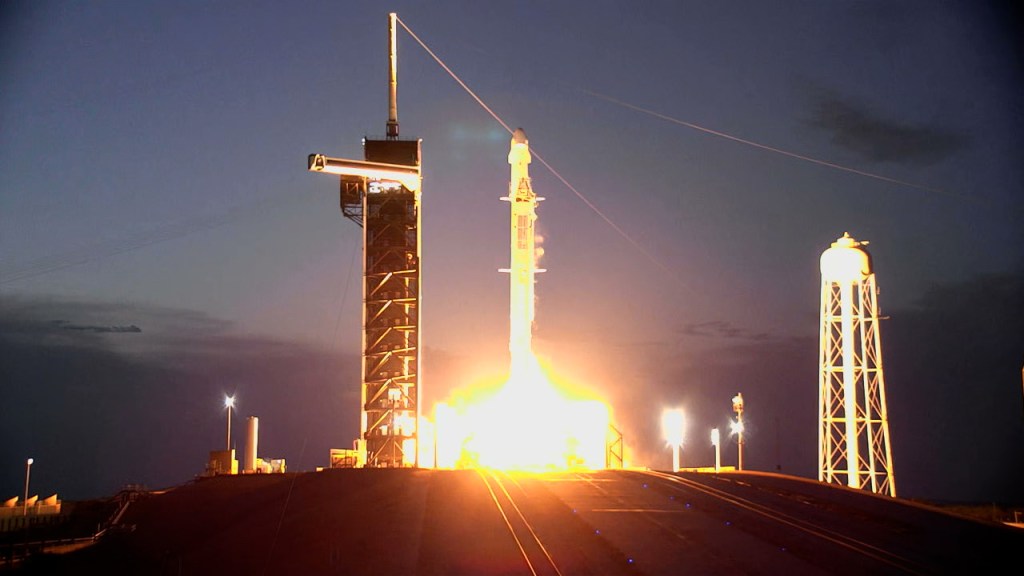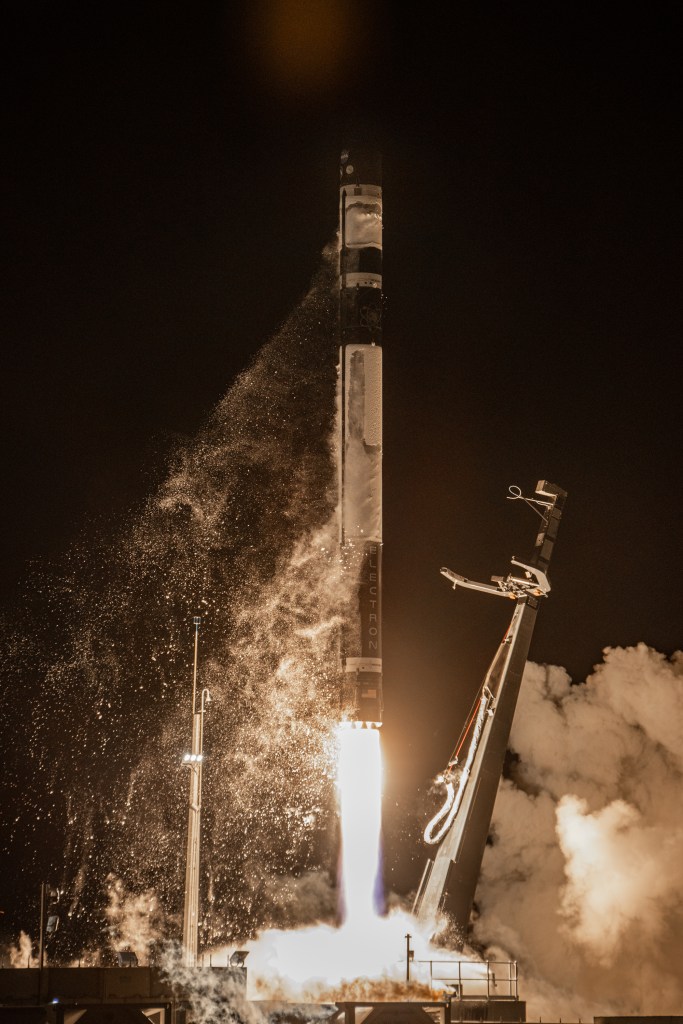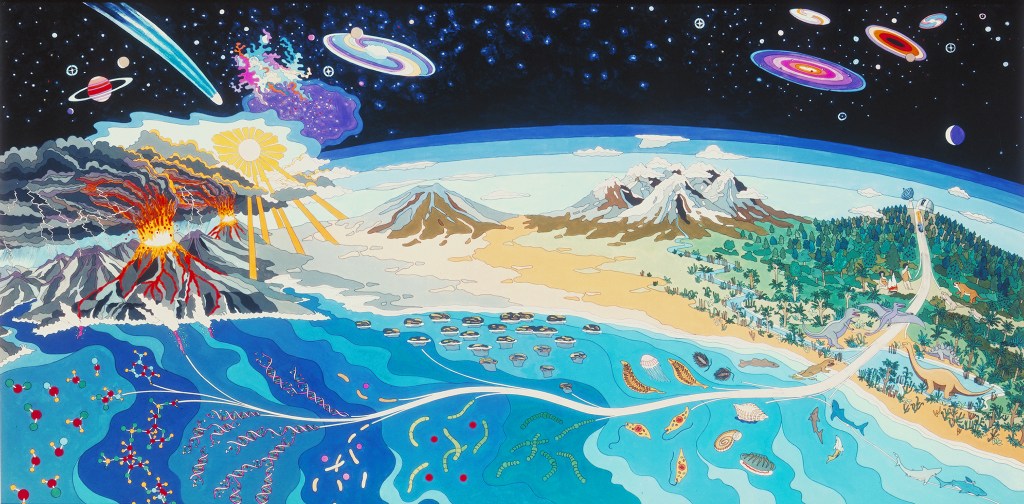

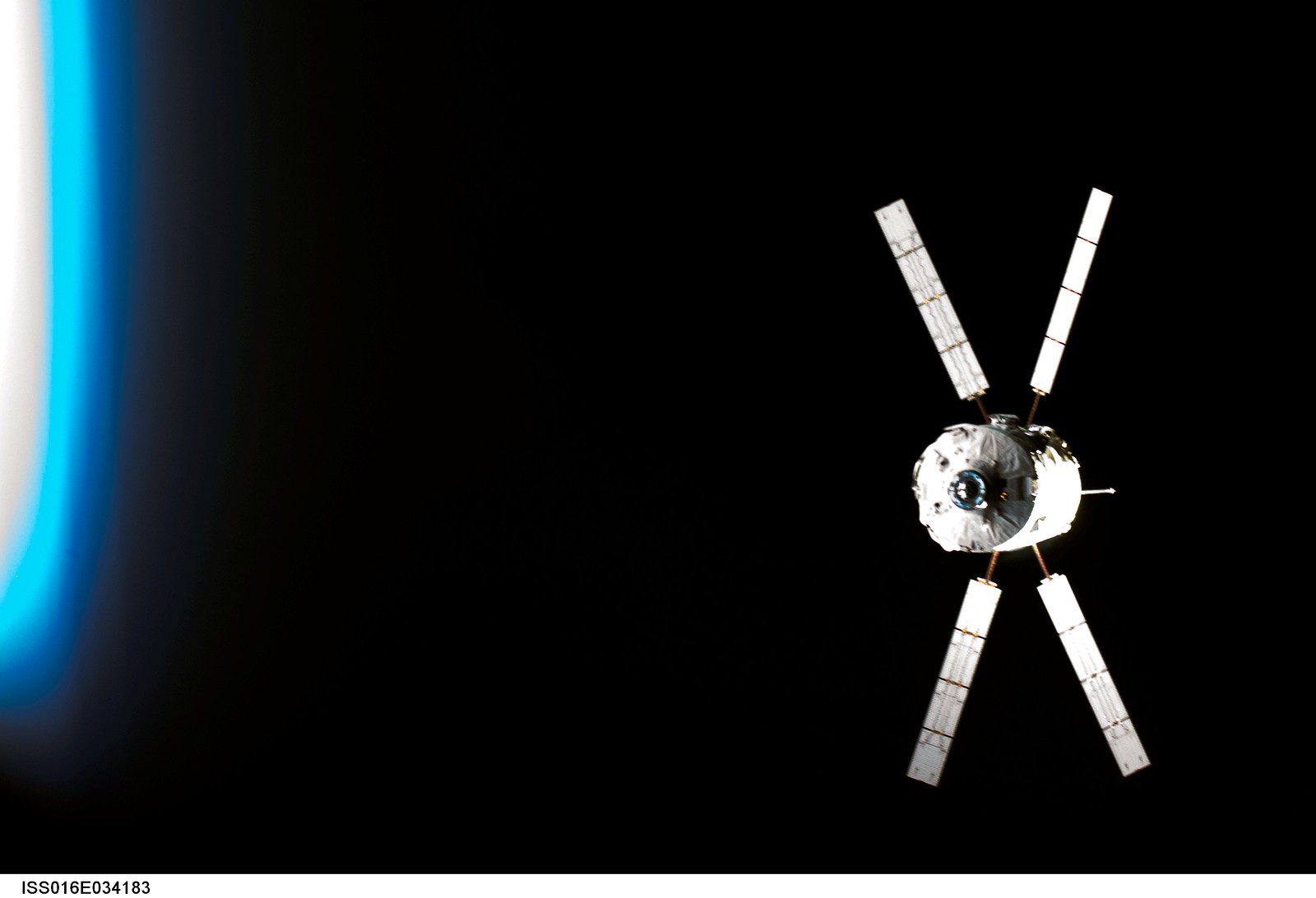
Exobiology Branch Overview
The Exobiology Branch conducts interdisciplinary basic research in exobiology to understand pre-biotic chemistry and the origin, evolution, distribution, and future of life in the Universe. We provide an interface between the external academic community and NASA programs. Our work also informs the selection, design, and development of NASA life-detection missions; the design and fabrication of spaceflight instruments to evaluate habitability and detect biosignatures; and the interpretation of astrobiology mission and astronomical data.
CHIEF
Mary Voytek
Deputy Chief
Melissa Kirven-Brooks
Assistant Chief
Lori Munar
Basic Research in Astrobiology
Center of Emergence of Life (CEL)
We conduct basic research that covers a broad range of topics within Astrobiology. Our work includes research into the origin and early evolution of life, and our branch is home to the Center of Emergence of Life (CEL), which supports a holistic approach to investigating the origin and early evolution of life by integrating experimental and computational approaches in the areas of cosmochemistry, systems chemistry, molecular modeling, in vitro evolution, and synthetic biology.
Learn More About CEL about Center of Emergence of Life (CEL)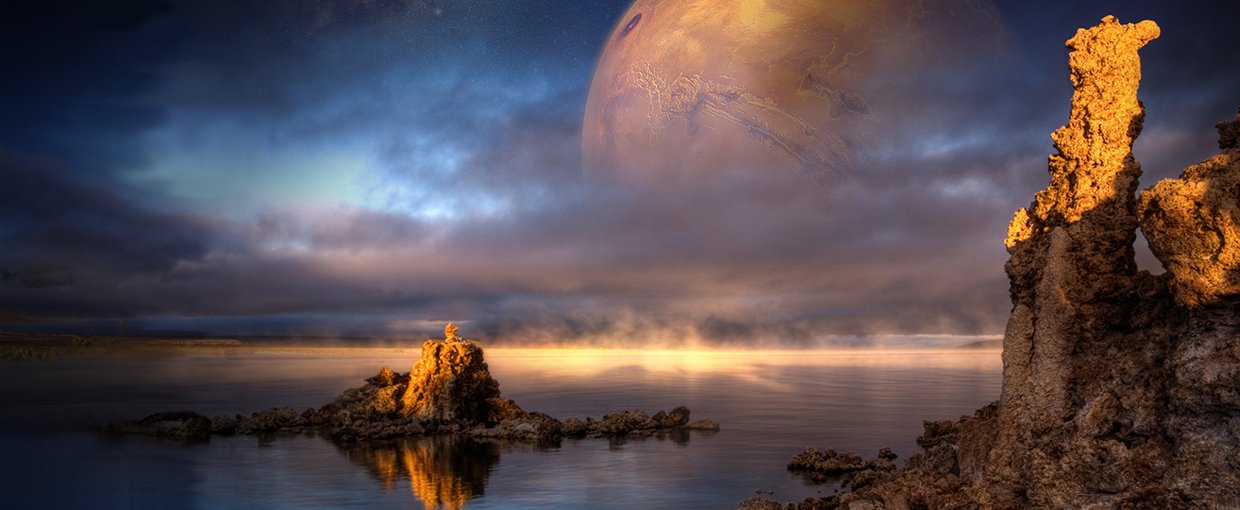
Habitable Environments, Biosignatures (HEB)
Our branch also conducts research to understand the nature and distribution of habitable environments and how biosignatures from inhabited environments can be detected. Our investigations into habitability and biosignatures include research that focuses on multiple planetary bodies both with and beyond our own solar system.
Learn More About HEB about Habitable Environments, Biosignatures (HEB)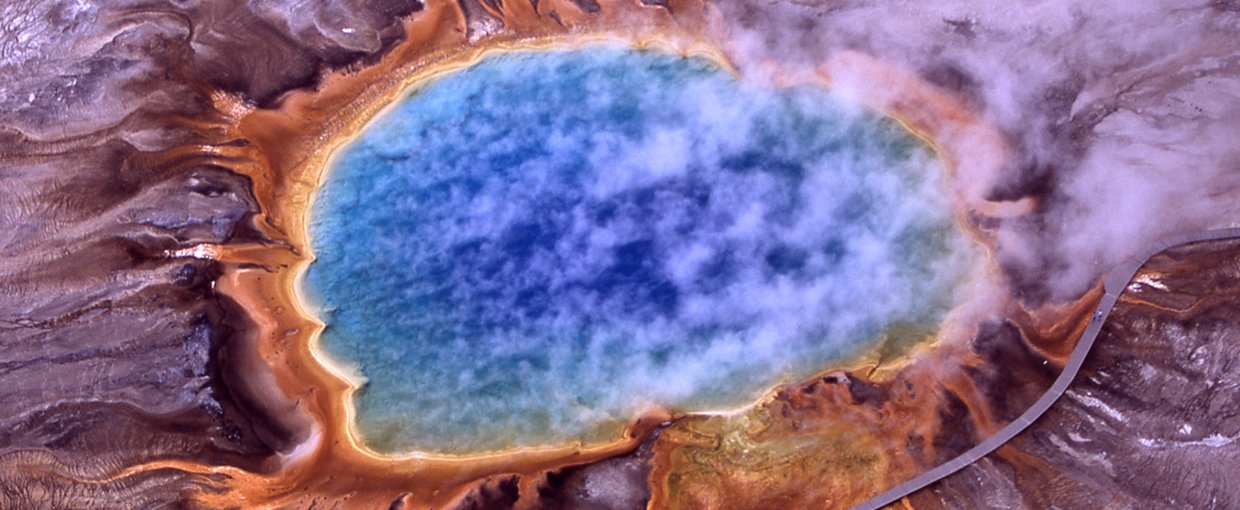
Interface between External Scientific Community and NASA
Center for Life Detection (CLD)
The Exobiology Branch serves as a bridge between NASA programs and the external research community. For example, through the Center for Life Detection (CLD), our branch is leading an effort to organize the life detection community in developing a comprehensive framework to guide testing and evaluation of remote and in situ biosignatures.
Learn More About CLD
Astrobiology Habitable Environments Database (AHED)
Our branch also hosts the Astrobiology Habitable Environments Database, which provides a central, high-quality, long-term data repository and discussion forum for mineralogical, textural, morphological, chemical, and isotopic information pertinent to astrobiology.
Learn More About AHED about Astrobiology Habitable Environments Database (AHED)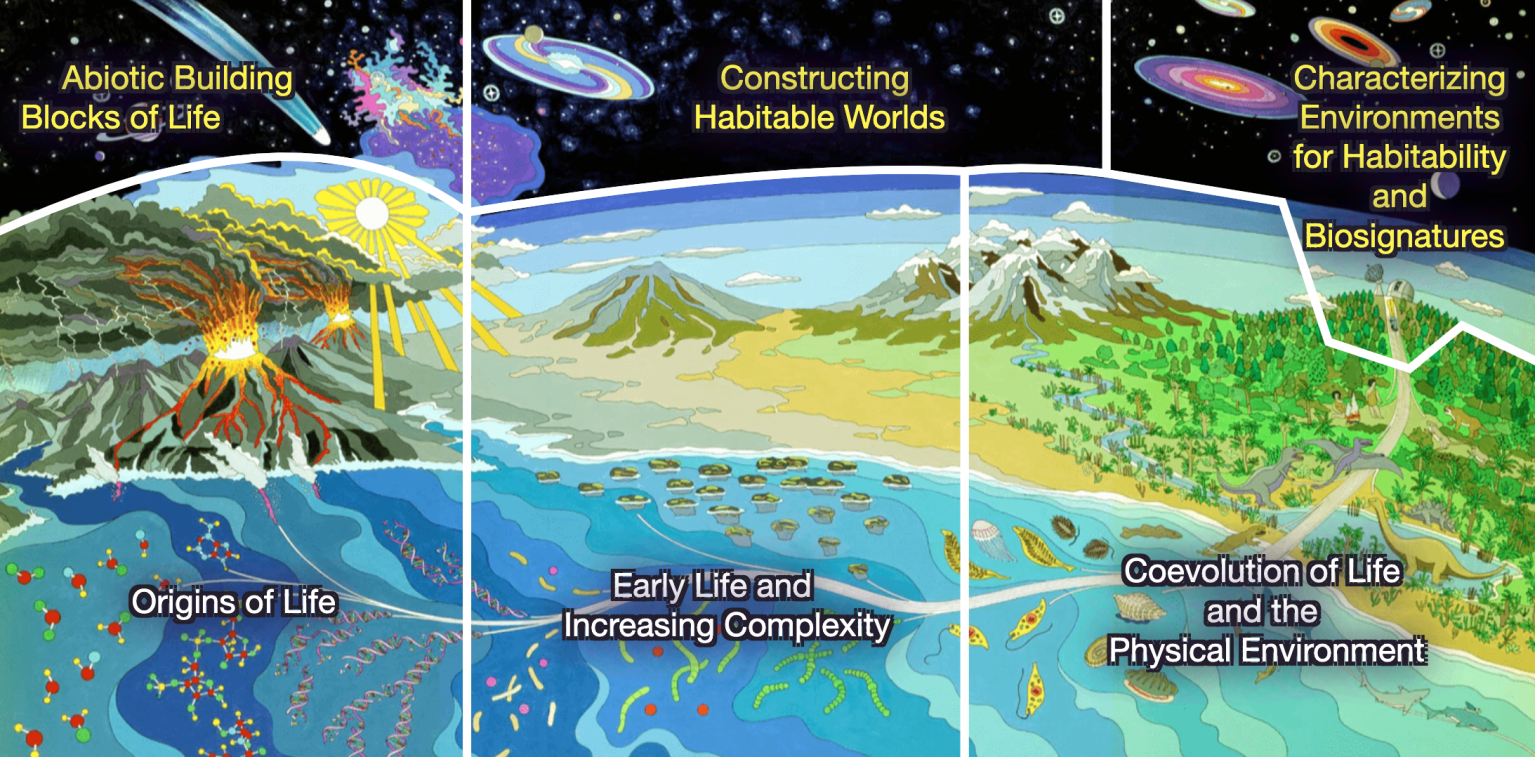
Open Planetary Science Initiative (OPScI)
Our branch also hosts The Open Planetary Science Initiative (OPScI), which aims to help lower the barriers to sharing data and promote the adoption of open science practices among long-tail researchers working in scientific disciplines across NASA’s Science Mission Directorate.
Learn More About OPScI about Open Planetary Science Initiative (OPScI)
Mission Support & Instrument Development
CheMin
Work within our branch supports both current and future missions. Multiple mission instruments have been developed within the Exobiology Branch. For example, one instrument developed within the Exobiology Branch, CheMin, is currently operating on the Mars Science Laboratory (Curiosity). See below video to learn more. CheMin utilizes X-ray diffraction and fluorescence to provide definitive mineralogy of rock samples (both elemental analysis and crystal structure determination).
Instrumentation Research about CheMin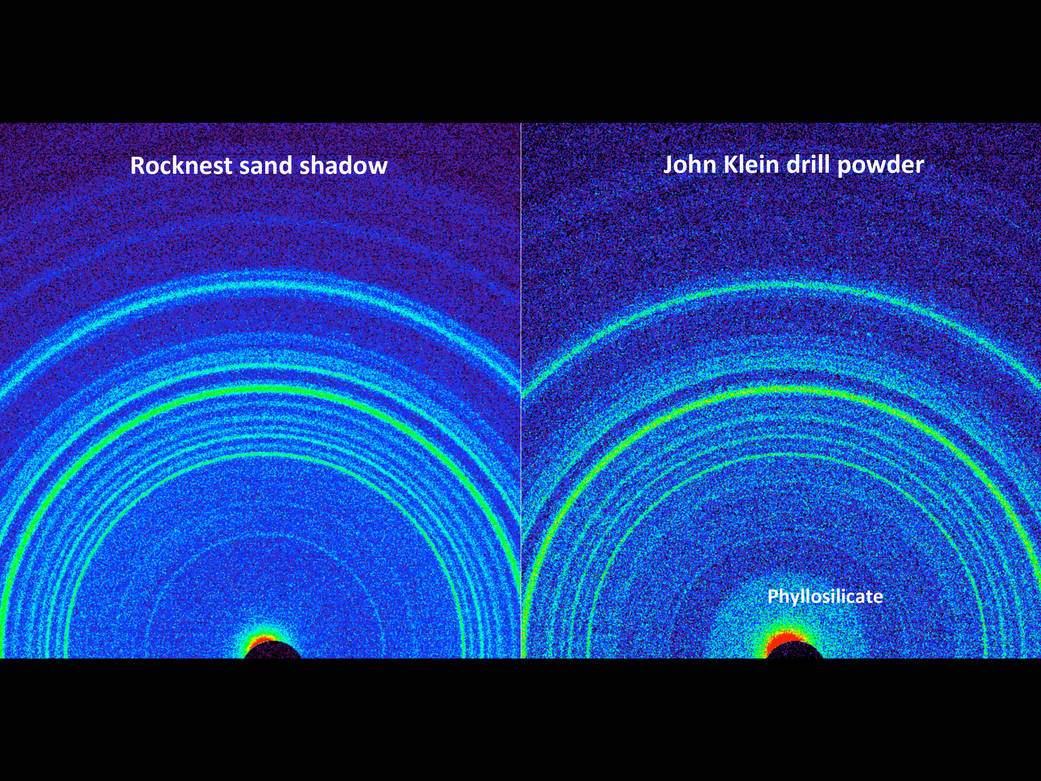
Gale Crater Mineralogy & Geochemistry Database
The Gale Crater Mineralogy and Geochemistry database (GCMGD), developed and hosted by our branch, is a living repository of CheMin and related Mars Science Laboratory Mission data, integrated with tools and procedures for visualization and analysis.
Learn More About GCMGD about Gale Crater Mineralogy & Geochemistry Database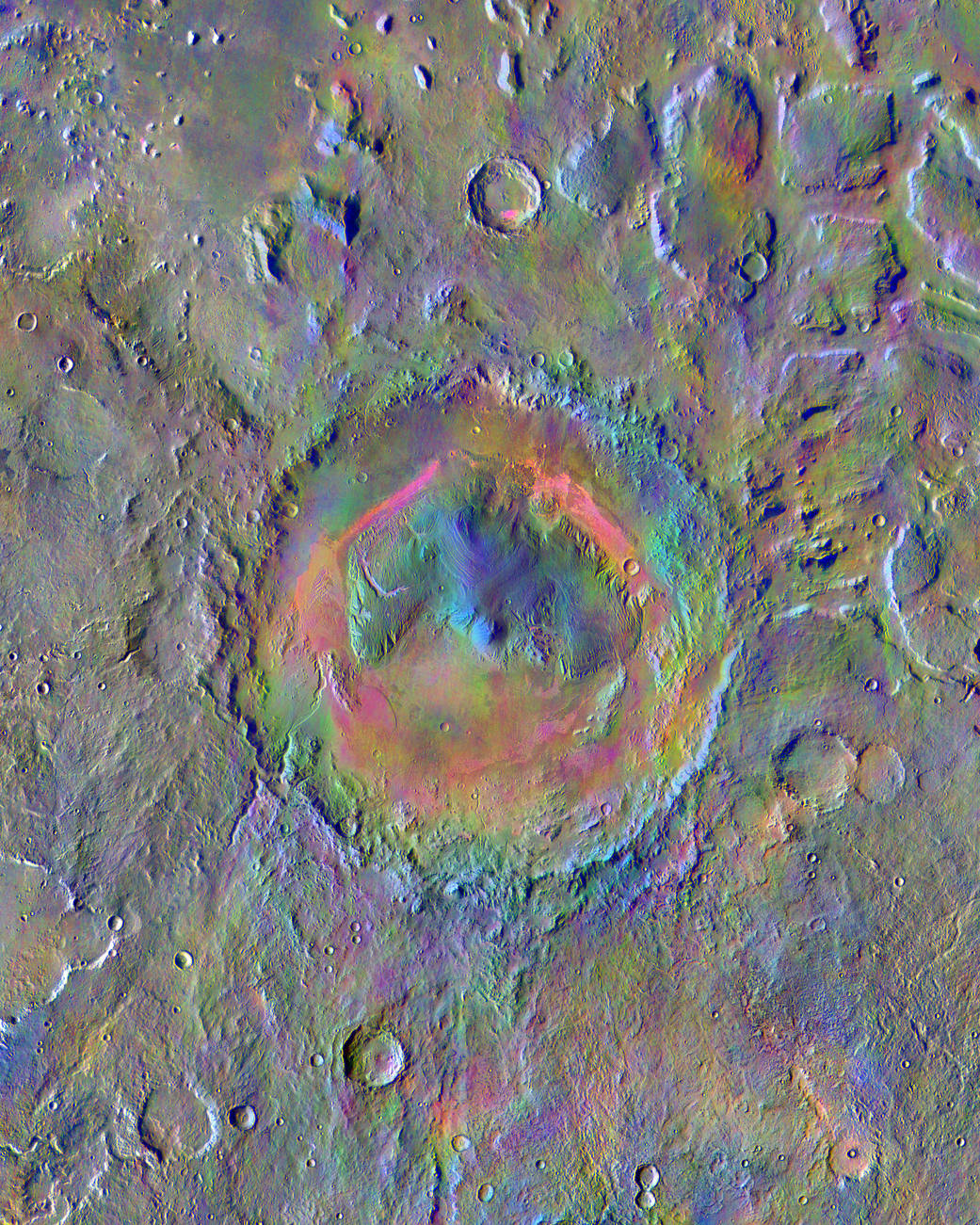
Mars Science Laboratory (Curiosity)
Curiosity explores Gale Crater and acquires rock, soil, and air samples for onboard analysis. The car-size rover is about as tall as a basketball player and uses a 7 foot-long arm to place tools close to rocks selected for study. Curiosity’s large size allows it to carry an advanced kit of 10 science instruments. It has tools including 17 cameras, a laser to vaporize and study small pinpoint spots of rocks at a distance, and a drill to collect powdered rock samples. It hunts for special rocks that formed in water and/or have signs of organics.
Click Here to Watch on YouTube
































